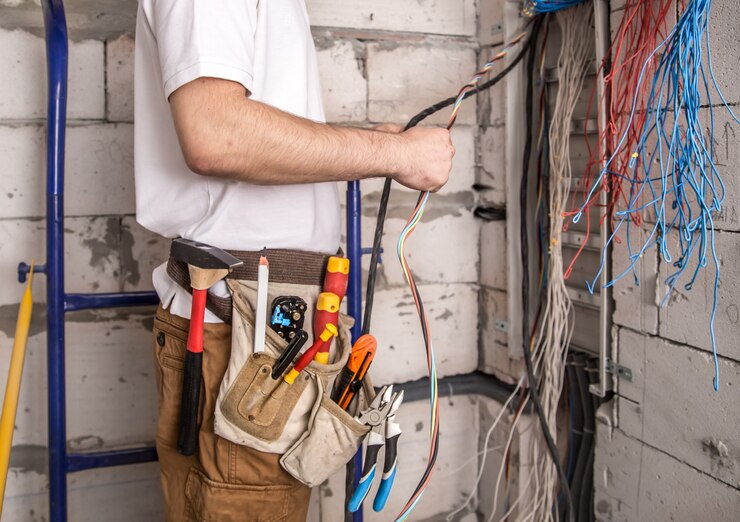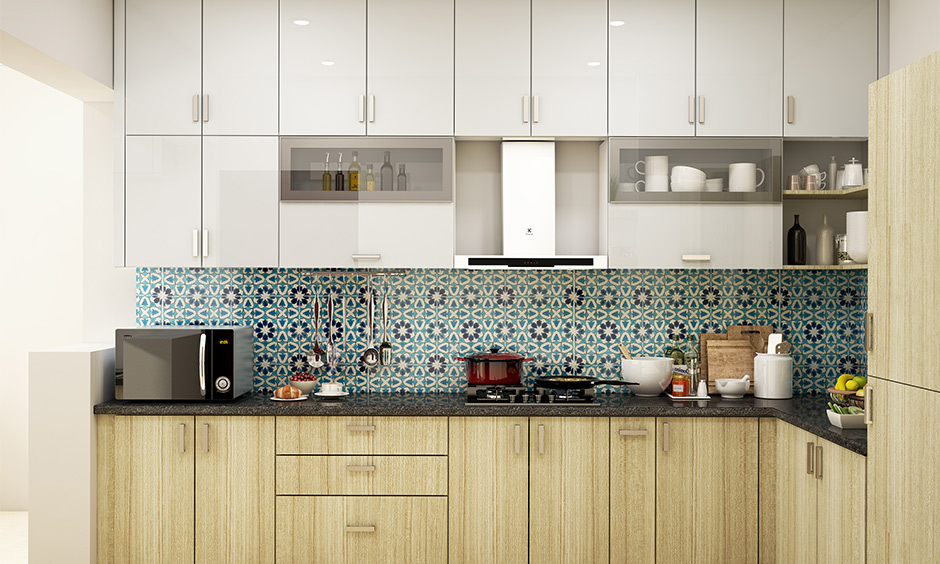Looking for compact machines for printing on all kinds of plastics or other materials, UV printers are the way to go! Here’s an overview of UV printers – how they work, how and what they are used for, and why they are an ideal printing solution for multiple scenarios. We’ll also look at the most advanced models on the market and what to consider when choosing a UV printer.
Table of Contents
Introduction to UV Printers
How UV Printing Works
Types of UV Printers
Key Features of UV Printers
Benefits of Using UV Printers
Applications of UV Printing
UV Printers vs. Traditional Printers
Choosing the Right UV Printer
Popular UV Printer Brands
Maintenance Tips for UV Printers
Cost Considerations of UV Printers
Environmental Impact of UV Printing
Common Issues and Troubleshooting
Future Trends in UV Printing
FAQs About UV Printers
Introduction to UV Printers
UV printers use ultraviolet light to cure (dry) the ink as it’s applied, allowing high-definition, stunning and long-lasting prints on virtually any surface or material. Unlike regular printers that can only print on paper and a few other porous substrates, a UV printer is a game-changing machine; it can print on non-porous surfaces such as glass, metal and acrylic with endless possibilities and creative options.
How UV Printing Works
UV printers use UV inks that have been developed specifically for printers using ultraviolet light and that dry almost instantly. As soon as you hit the material with the ink, the UV light follows and dries the ink. This speeds up drying time while also making the ink much more likely to adhere more firmly and be more scratch-resistant and longer lasting overall.
Types of UV Printers
Flatbed UV Printers: Best for rigid substrates like wood, glass, and metal.
Roll-to-Roll UV Printers: Ideal for flexible materials such as banners, vinyl, and textiles.
Hybrid UV Printers: Combine the capabilities of flatbed and roll-to-roll printers for greater versatility.
UV Printers for Small Format Suitable for printing on small goods like promotional articles, phone coverings and electronics.
Key Features of UV Printers
Versatility: Prints on almost any material, including wood, plastic, glass, metal, and fabric.
High Quality: Produces sharp, detailed images with vibrant colors.
Fast Drying: UV light cures the ink instantly, reducing drying time.
Durability: UV-cured inks are resistant to scratches, chemicals, and sunlight.
Benefits of Using UV Printers
Eco-Friendly: UV printing produces fewer emissions and uses less harmful chemicals.
Cost-Effective: Reduces waste due to immediate curing and less material spoilage.
High output: Rapid curing enables higher line speeds in jobs with a high volume.
Customization: Capable of printing unique designs on a wide range of surfaces.
Applications of UV Printing
Signage and Displays: Perfect for creating vibrant, durable indoor and outdoor signs.
Promotional Items: Customize products like pens, mugs, and phone covers.
Packaging: Print directly on boxes, bottles, and other packaging materials.
Home Decor: Print on tiles, glass panels, and other decorative elements.
Textiles: You can print directly onto fabrics using a UV printer T-shirts and other clothes, and anything else fabric-based is becoming a huge market for UV printing. If you’re looking to start in fashion or home decor markets, you’re on the right track.
UV Printers vs. Traditional Printers
UV printers differ from traditional printers in several ways:
Material Compatibility: While some traditional printers, such as the Roland VersaCAMM, can work with other substrates besides paper, generally speaking UV printers are compatible with more material choices.
Drying of Ink – In contrast to traditional methods which use heat from a printer or air drying, the ink in UV printers is cured instantly using light.
Durability: UV prints can stand up to elements a little better, suitable for outdoor application.
Choosing the Right UV Printer
When selecting a UV printer, consider the following factors:
Print Size: Determine the maximum print size you need for your projects.
Material Compatibility: Ensure the printer can handle the substrates you plan to use.
Speed and resolution: Figure out your printer’s ratio of speed to quality.
Budget: UV printers these days have various price ranges; get one according to your needs without affecting print quality.
Particular care should be taken with batteries because they are particularly important for allowing us to bring energy on the go. This is especially true if you use tools regularly, making it worth getting the most powerful battery you can find, and batteries with decent warranties and customer service.
Popular UV Printer Brands
Mimaki: Known for high-quality, reliable UV printers suitable for various applications.
Roland: Offers a range of UV printers with user-friendly features and excellent print quality.
Canon: Provides versatile printers with advanced technologies for superior results.
Epson: Known for producing durable, high-resolution prints.
Mutoh: Renowned for their heavy-duty printers that are perfect for industrial applications.
Maintenance Tips for UV Printers
Regular maintenance: Clean printheads and make regular servicing for ensuring the working fine.
Finally, consider UV lamps. If the lamps are not working properly, you will not be able to cure. Check UV Lamps Clearing up punctuation errors is not that complicated. First of all, while it is acceptable to start sentences with subordinate clauses in English, such as wondering or supposing, it is probably best to avoid starting nearly a third of the words in the same sentence with the word ‘If’. Secondly, redundancy is a bit silly. When I visit my doctor and she says: My fingers show three signs of arthritis, I’m afraid it does mean that you have the condition,only one form of the verb ‘have’ is necessary.
Inks and other in a cool, dry place for storage.
Cost Considerations of UV Printers
The cost of a UV printer depends on several factors such as features, brand and print size. A bare-bones desktop model can start as low as $10,000 but an industrial model could exceed $100,000. Other consumables like inks and maintenance should also be factored into your budget for UV printer.
Environmental Impact of UV Printing
UV printing is greener than, for example, lithographic printing because no volatile organic compounds (VOCs) are emitted and no solvents are used. Furthermore, as a result of instant curing, no printing waste is produced and less energy is consumed.
Common Issues and Troubleshooting
Print Head Clogging: Regular cleaning can prevent clogs and maintain print quality.
Banding or Streaks: Inking may not be properly aligned, or it might have uneven flow; regular calibration can remedy this.
Incomplete Curing: Check UV lamp efficiency and ensure proper exposure to light.
Future Trends in UV Printing
Automation: Future UV printers will feature more automation to improve efficiency.
UV Print Quality: UV printing quality will continue to improve as much as the conductivity of inorganic semiconductors can be matched to organic conductors. Expanded Material Options: UV ink technology will soon expand the number of substrates that can be printed on by at least tenfold.
Enhanced Print Quality: Innovations will continue to improve the resolution and durability of prints.
FAQs About UV Printers
1. What materials can UV printers print on?
UV printers, which operate on curable inks, print on almost anything including glass, metal, wood, plastic, and textiles.
2. How long do UV prints last?
UV prints can last for years unmuffled even under outdoor conditions.
3. Are UV printers expensive to maintain?
Although UV printers are initially more expensive to purchase, maintenance tends to be straightforward, involving mostly regular cleaning and the periodic replacement of consumables.
4. Can UV printers print on dark materials?
Yes, quite a few UV printers are now capable of printing white ink first, which sits on top of dark colours as a base coat for stunning colours.
5. Is UV printing safe for the environment?
Yes it is safter for environment since it emits low volatile organic compounds from inks and less waste is produced due to instant curing.
A UV printer can be your one-stop machine for all business and creative needs If you’re looking to turn your CD/DVD duplication business into a more complete digital printing setup, you simply need to add a digital press to your operations. A UV printer can be your one-stop machine for all business and creative needs. You may already be using a system that offers beautiful full-colour graphics, and all you need to do is layer on some extra functionality or offer new products.



